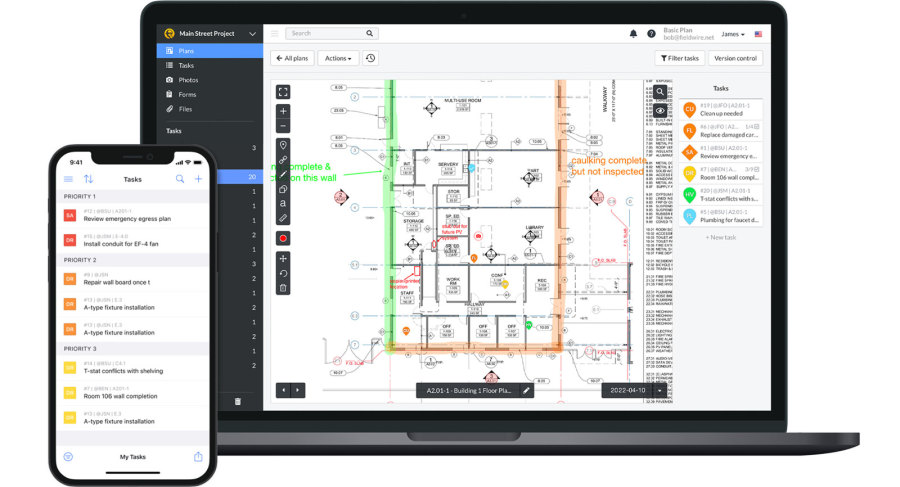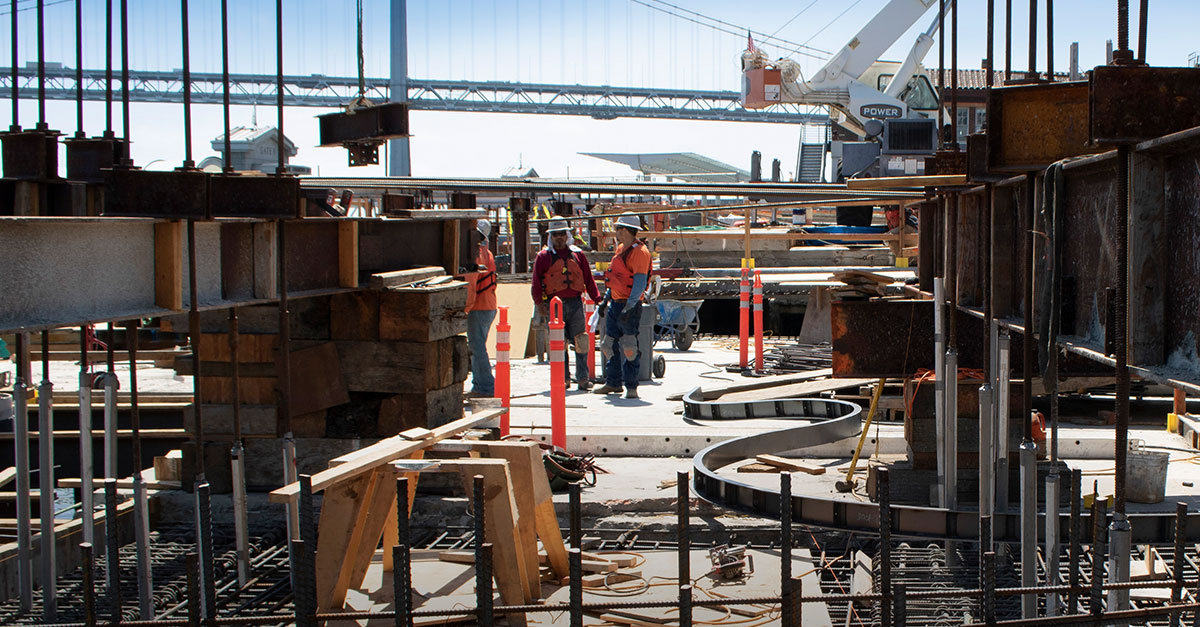What’s the difference between RFIs, Submittals and Specifications?
In construction, a Request For Information (RFI) seeks the clarification of plans, drawings, specifications, and agreements. The construction RFI is a formal written process in which parties, such as the contractor and designer, clarify information gaps in construction documents.
A submittal, however, is the official document sent for review by the client or architect and usually includes shop drawings, samples, product data, operations and maintenance guides, testing and reporting, mockups, etc.
A key difference between the two is that submittals go into more detail and assure that contractors understand the design intent of the client and architects. RFIs, on the other hand, are used to clarify, ask and determine the design intent of the project.
Specifications, often called specs, in construction documents usually include information about the project’s materials, the timeline, methods and requirements.
Let’s learn more about each of these processes used frequently throughout the cycle of a construction project.
What are RFIs used for?
There could be many reasons, such as:
-
A project needs further information or clarification (examples: plans do not match specifications, lack of detail on plans or in specifications, information missing in construction documents)
-
Proposal of a substitution or alteration (examples: change in materials to specs due to availability or lead time, recommended alteration to the construction documents based on industry experience, proposal of a more cost-effective solution/value engineering)
-
Problem identification or deficiency (examples: unforeseen condition in the field, installation conflict in the field requiring a new solution, inspector requiring additional code related elements, existing conditions do not match plans such as remodels or renovations, discovery of an error in the construction documents)
What’s an example of an RFI in construction?
Assume that a construction project involves building a new hospital. During the construction process, the contractor encounters a discrepancy between the architectural plans and the structural drawings. The contractor needs clarification to ensure that the project meets the intended design and specifications. The contractor can submit an RFI to the architect or engineer requesting additional information or clarification on the discrepancy.
The RFI would include:
- A written and visual description of the issue or discrepancy
- The location of the discrepancy on the plans or drawings
- A request for clarification or additional information
- Potentially a suggested solution to the discrepancy
- Indication of cost or schedule impacts
- A deadline for response to the RFI
Once the architect or engineer provides a response to the RFI, the contractor can use the information - like modified plans and specifications - to make any necessary adjustments to the structure to ensure the project meets the intended design and specifications.
What is a specification?
Specifications (construction specifications or specs) are details within a construction service contract that outline all the important aspects necessary for project fulfillment. Throughout the project’s duration, contractors and construction crews may use specifications as a reference for questions that arise and to ensure the correct fulfillment of each project requirement.
Specifications often include information about:
-
The scope of work
-
The materials for a project
-
The timeline and important project milestones
-
Building codes and required permits
-
Methods of installation
-
Quality control requirements
-
Testing requirements
-
Safety standards
Why are submittals used?
Prior to and during construction, every piece of equipment, material types, and even details such as the exact color of paint need to be reviewed and approved via submittals. The more detailed construction submittals, the better likelihood of an accurate budget and schedule. If submittals are not executed correctly, time delays and rework can occur as wrong materials were ordered, incorrect testing methods used, etc. These challenges can occur due to forgetting to submit a submittal all together, a breakdown in approvals of the submittal or lack of detail in the submittal.
Therefore, there is a variety of supporting documents for submittals that detail each and every item being assembled on the jobsite:
-
Product cut sheets that identify the manufacturer, specifications and model number
-
Shop drawings that lay out the dimensions of such prefabricated products such as trusses, cast concrete, windows, appliances, millwork and more
-
Material data and samples
-
Finished product components
-
Full mockups of the install
-
And much more!
What are some primary uses for submittals?
-
Determining what material will be installed on the project
-
Approving plans for items being custom fabricated
-
Project quality control procedures and results
Examples of submittal-heavy projects:
Commercial buildings will often have complex pre-fabricated components, like elevators, windows, generators, and cooling towers. These pieces of equipment often require close coordination to ensure that they receive the correct power, fuel, water and structural support. The submittal process gives another level of detail usually not included as part of the design documents.
To learn more about Fieldwire’s premium features like project management, register for a live demo with our construction professionals.
A larger project, with dozens of subs, may have 500 or more individual submittals.
Want to find out how Fieldwire can streamline your project management?
Fieldwire is a project management software that offers an easy-to-use, dynamic environment for you to create, track, complete and house all the standard documents you need to keep your jobs on-track and on-time, including RFIs, Specifications, and Submittals. Improve visibility and productivity in your projects by using Fieldwire’s construction management software to track RFIs and submittals, and to access and share documents at all times.
To learn more about Fieldwire’s premium features like project management, register for a live demo with our construction professionals.

 John Chamandy Cook •
John Chamandy Cook • 




















